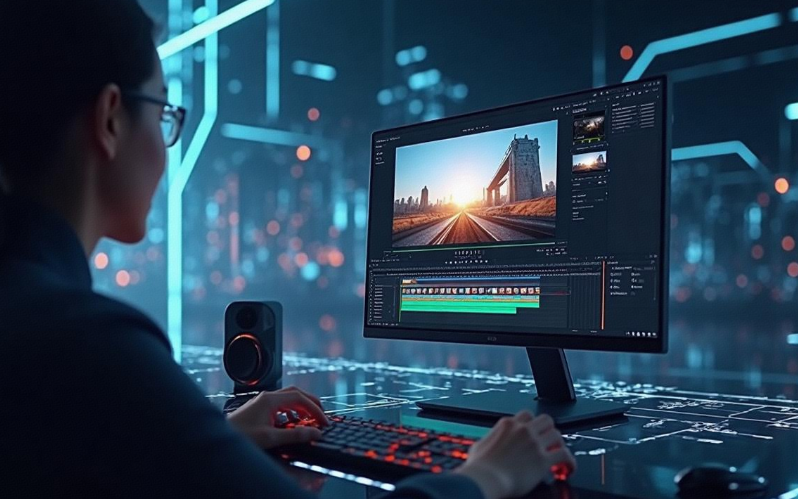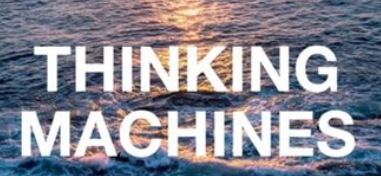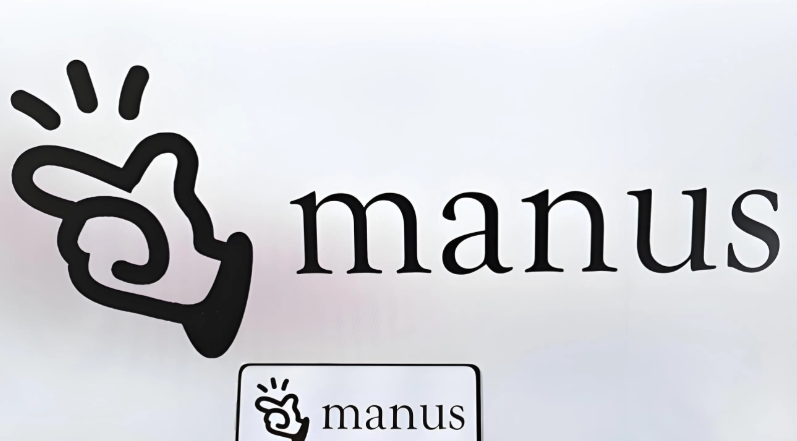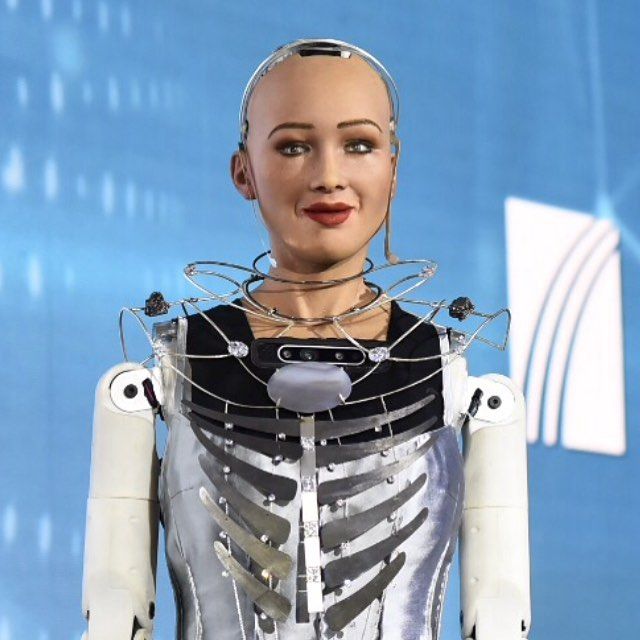In the rapidly evolving and highly competitive landscape of AI video editing tools, Alibaba has made a significant and impressive move by unveiling its latest innovation: Wanxiang-VACE 2.1. This cutting-edge multimodal model is capable of delivering 720P video inpainting with an 18% accuracy improvement over previous iterations. Released on May 15, 2025, it is part of Alibaba's Wan2.1 series and is set to be an open-source solution. Wanxiang-VACE 2.1 is poised to reshape creative workflows across a wide range of industries, from entertainment to advertising and beyond.
The development of Wanxiang-VACE 2.1 represents a major milestone in the field of video editing. Traditional video editing methods often require a great deal of time, effort, and manual intervention. With the advent of this new model, video editors and content creators can now achieve a higher level of precision and efficiency in their work. The 18% accuracy boost in 720P video inpainting means that the model can more accurately fill in missing or damaged areas of a video, resulting in more seamless and professional-looking final products.
Breaking Down Wanxiang-VACE 2.1: A Multimodal Marvel
Wanxiang-VACE 2.1, which stands for Video All-in-one Creation and Editing, is not just another run-of-the-mill AI video editing tool. It is a unified platform that brings together various video-related capabilities, such as text-to-video synthesis, image-to-video conversion, and granular video editing, all in one place. Unlike traditional tools that require multiple software stacks and a complex workflow, this model simplifies the process, reducing friction and allowing for a more seamless creative experience.
Core Innovations Driving the 18% Accuracy Boost
Unified Input Architecture (VCU)
At the heart of Wanxiang-VACE 2.1 is the Video Condition Unit (VCU), which acts as a command center for processing multimodal inputs. These inputs can include text, images, video frames, and masks. The VCU enables a variety of tasks, such as:Reference-guided editing: This feature allows users to replace objects in videos using reference images while preserving the motion trajectories of the objects. For example, if you want to replace a car in a video with a different model, the VCU can ensure that the new car moves in the same way as the original one, creating a more realistic and coherent result.
Spatial-temporal control: With this capability, users can extend the duration of a video or modify its background without disrupting the coherence of the overall scene. For instance, if you have a short video of a person walking in a park and you want to make it longer, the VCU can add more frames seamlessly, maintaining the natural flow of the person's movement and the surrounding environment.
DiT Framework with Full-Space-Time Attention
Leveraging a Diffusion Transformer (DiT) architecture, Wanxiang-VACE 2.1 enhances the temporal consistency in dynamic scenes. This is particularly important when dealing with videos that have a lot of movement, such as sports events or action movies. The DiT framework analyzes the motion vectors in the video and ensures that the generated frames are consistent with the overall motion and flow of the scene. For example, if you are generating a video of a dog running, the DiT framework will make sure that the dog's legs move in a realistic and coordinated way throughout the entire video.3D Variational Autoencoder (VAE)
Optimized for video compression, the 3D VAE reduces the computational overhead by 40% compared to conventional methods. This is a significant advantage for real-time editing, especially on consumer-grade GPUs like the RTX 4090. By reducing the computational requirements, the model can perform complex video editing tasks more efficiently, allowing users to see the results of their edits in real-time. For example, if you are making changes to a 720P video on your computer, the 3D VAE will ensure that the processing is fast enough so that you can preview the changes immediately and make further adjustments as needed.
Feature Spotlight: What Makes Wanxiang-VACE 2.1 Stand Out?
1. 720P Inpainting with Precision Control
Mask-guided editing: One of the key features of Wanxiang-VACE 2.1 is its ability to perform mask-guided editing. Users can create masks to specify the areas of the video that they want to edit, and then use the model's inpainting capabilities to erase unwanted elements or add new ones. For example, if there is a watermark on a video that you want to remove, you can create a mask around the watermark and use the model to replace it with the surrounding background. Similarly, if you want to add a new object to a video, such as a person or a car, you can use the mask to define the area where the object should be added and the model will take care of the rest.
Pose and motion transfer: Another impressive feature is the pose and motion transfer capability. This allows users to clone the pose of a subject from a reference video onto a subject in an existing clip. For example, if you have a video of a person dancing and you want to transfer that dance move to another person, you can use the pose and motion transfer feature to make it happen. This is particularly useful for creating composite scenes or for adding new elements to an existing video in a way that looks natural and realistic.
2. Multimodal Input Synergy
The model supports five input types, as shown in the following table:
| Input Type | Use Case Example |
|---|---|
| Text prompts | Generate a beach scene from a description like "a beautiful beach with crystal-clear water and white sandy beaches" |
| Reference images | Animate a sketch of a dancing robot using a reference image of a real robot |
| Video frames | Retouch a specific frame in a film to remove blemishes or enhance the lighting |
| Masks | Erase background noise in a tutorial video using a mask to define the noisy area |
| Control signals | Adjust the depth or lighting dynamically in a video to create a specific mood or effect |
This flexibility allows creators to combine different inputs to achieve more complex and customized results. For example, using a text prompt *“sunset beach”* alongside a reference image of palm trees, you can generate a cohesive 720P video that combines the elements described in the text and shown in the image.
3. Efficiency at Scale
1.3B vs. 14B versions:
Model Resolution VRAM Required Speed (5 - sec video) Wan2.1-VACE-1.3B 480P 8.2 GB 4 minutes Wan2.1-VACE-14B 720P 14 GB 6 minutes Optimized for edge devices, the 1.3B model democratizes access to high-quality video editing. This means that even users with limited hardware resources can take advantage of the model's capabilities to create professional-looking videos. For example, a small business owner with a basic computer setup can use the 1.3B version of the model to create promotional videos for their products or services without having to invest in expensive high-end equipment.
Industry Impact: From Creators to Enterprises
Transforming Content Creation Workflows
Social media: Platforms like TikTok are leveraging Wanxiang-VACE to automate trending video templates. For example, if a particular dance challenge is going viral, TikTok can use the model to generate multiple variations of the dance video with different backgrounds, music, and effects. This not only saves time for the content creators but also increases the engagement and reach of the videos on the platform.
Advertising: Advertising agencies are using the model to produce personalized ads. A cosmetics brand recently generated 500+ variant videos showcasing different skin tones using a single prompt. This allows the brand to target a wider audience and increase the effectiveness of their advertising campaigns.
Challenges and Limitations
While groundbreaking, Wanxiang-VACE faces some challenges and limitations:
Data dependency: Training on diverse datasets remains critical for avoiding biases. For example, if the model is trained mainly on videos from a particular region or culture, it may produce results that are not representative or accurate for other regions or cultures. This can lead to cultural inaccuracies in generated scenes, which can have negative consequences for the content and the brand associated with it.
Hardware costs: Although optimized, the 14B version still requires high-end GPUs for 720P outputs. This can be a barrier for some users, especially those in developing countries or small businesses with limited budgets.
Future Prospects: Where AI Video Editing is Headed
Alibaba has hinted at upcoming updates to Wanxiang-VACE 2.1, including:
Real-time collaboration: This feature will allow multiple users to work on the same video project simultaneously, making it easier for teams to collaborate and create high-quality videos more efficiently. For example, a video production team can have different members working on different aspects of the video, such as editing, special effects, and sound design, and see the changes in real-time.
3D scene generation: The company is also working on extending the 2D capabilities of the model to volumetric video. This will open up new possibilities for creating immersive 3D experiences, such as virtual reality (VR) and augmented reality (AR) videos. For example, in the future, you may be able to create a 3D video of a product that customers can view from different angles and interact with in a virtual environment.
Industry analysts predict that tools like Wanxiang-VACE could reduce video production costs by 60% by 2027, particularly in sectors like e-commerce and education. In e-commerce, for example, businesses can use the model to create high-quality product videos without having to hire expensive video production teams. In education, teachers can use the model to create engaging and interactive video lessons for their students.






